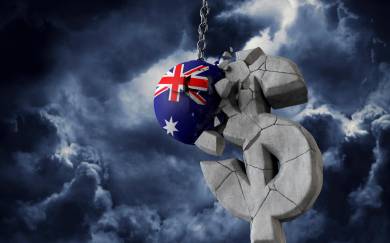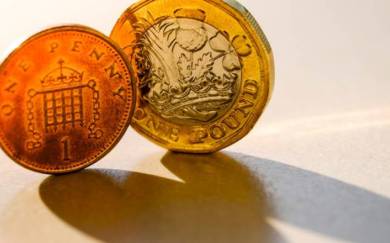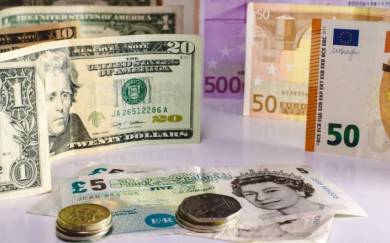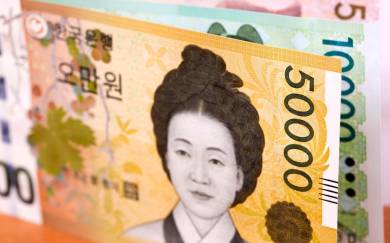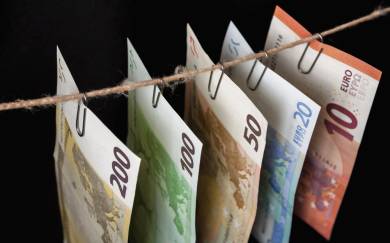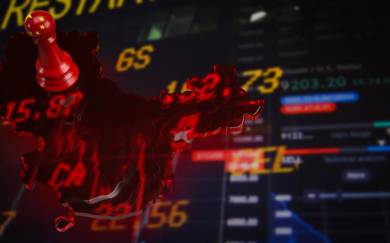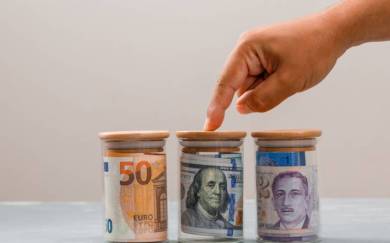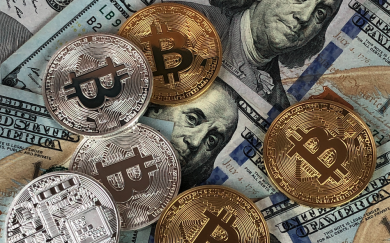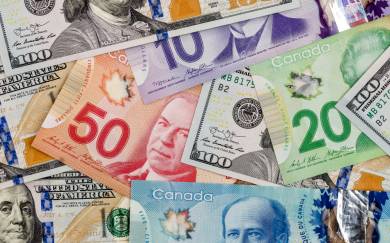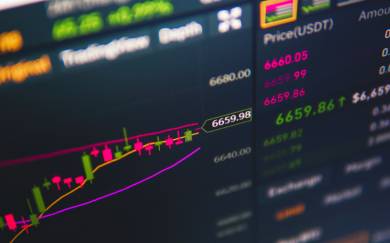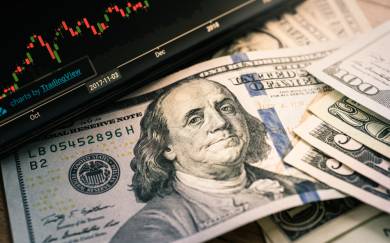COT Currency Speculators raised British Pound Sterling bearish bets for 10th week

Invest Macro 15.05.2022 14:26
By InvestMacro | COT | Data Tables | COT Leaders | Downloads | COT Newsletter
Here are the latest charts and statistics for this week’s Commitment of Traders (COT) data published by the Commodities Futures Trading Commission (CFTC).
The latest COT data is updated through Tuesday May 10th and shows a quick view of how large traders (for-profit speculators and commercial entities) were positioned in the futures markets. All currency positions are in direct relation to the US dollar where, for example, a bet for the euro is a bet that the euro will rise versus the dollar while a bet against the euro will be a bet that the euro will decline versus the dollar.
Highlighting the COT currency data this week was the rise in bearish bets for the British pound sterling currency futures contracts. Pound speculators have raised their bearish bets for a tenth consecutive week this week and for the eleventh time out of the past twelve weeks. Over the past ten-week time-frame, pound bets have dropped by a total of -79,261 contracts, going from -337 net positions on March 1st to a total of -79,598 net positions this week. The deterioration in speculator sentiment has now pushed the pound net position to the most bearish standing of the past one hundred and thirty-seven weeks, dating back to September 24th of 2019.
Pound sterling sentiment has been hit by a recent slowing economy as the UK GDP declined by 0.1 percent in March after flat growth in February. Also, weighing on the UK economy is the war in Ukraine that has sharply raised inflation in the country (and elsewhere) and which could see the UK economy with the lowest growth rate among G7 countries in 2023, according to the IMF.
Overall, the currencies with higher speculator bets this week were the Euro (22,907 contracts), US Dollar Index (1,705 contracts), Bitcoin (315 contracts) and the Mexican peso (2,102 contracts).
The currencies with declining bets were the Japanese yen (-9,660 contracts), Australian dollar (-13,198 contracts), Brazil real (-1,010 contracts), Swiss franc (-1,856 contracts), British pound sterling (-5,785 contracts), New Zealand dollar (-6,386 contracts), Canadian dollar (-14,436 contracts), Russian ruble (-263 contracts) and the Mexican peso (2,102 contracts).
Speculator strength standings for each Commodity where strength index is current net position compared to past three years, above 80 is bullish extreme, below 20 is bearish extreme OI Strength = Current Open Interest level compared to last 3 years range Spec Strength = Current Net Speculator level compared to last 3 years range Strength Move = Six week change of Spec Strength
Data Snapshot of Forex Market Traders | Columns Legend
May-10-2022OIOI-IndexSpec-NetSpec-IndexCom-NetCOM-IndexSmalls-NetSmalls-Index
USD Index
57,556
84
34,776
86
-37,174
13
2,398
43
EUR
705,046
84
16,529
40
-43,026
64
26,497
18
GBP
264,594
80
-79,598
17
95,245
86
-15,647
23
JPY
247,278
87
-110,454
1
124,927
97
-14,473
24
CHF
51,282
37
-15,763
40
29,819
69
-14,056
16
CAD
151,009
31
-5,407
38
2,939
67
2,468
35
AUD
153,209
47
-41,714
46
47,126
54
-5,412
39
NZD
56,235
56
-12,996
49
16,874
56
-3,878
7
MXN
153,858
28
16,725
34
-20,866
64
4,141
61
RUB
20,930
4
7,543
31
-7,150
69
-393
24
BRL
61,450
55
40,778
90
-42,031
10
1,253
79
Bitcoin
10,841
57
703
100
-789
0
86
15
Open Interest is the amount of contracts that were live in the marketplace at time of data.
US Dollar Index Futures:
The US Dollar Index large speculator standing this week came in at a net position of 34,776 contracts in the data reported through Tuesday. This was a weekly lift of 1,705 contracts from the previous week which had a total of 33,071 net contracts.
This week’s current strength score (the trader positioning range over the past three years, measured from 0 to 100) shows the speculators are currently Bullish-Extreme with a score of 85.8 percent. The commercials are Bearish-Extreme with a score of 12.8 percent and the small traders (not shown in chart) are Bearish with a score of 42.8 percent.
US DOLLAR INDEX Statistics
SPECULATORS
COMMERCIALS
SMALL TRADERS
– Percent of Open Interest Longs:
86.6
3.2
8.6
– Percent of Open Interest Shorts:
26.2
67.8
4.5
– Net Position:
34,776
-37,174
2,398
– Gross Longs:
49,864
1,837
4,970
– Gross Shorts:
15,088
39,011
2,572
– Long to Short Ratio:
3.3 to 1
0.0 to 1
1.9 to 1
NET POSITION TREND:
– Strength Index Score (3 Year Range Pct):
85.8
12.8
42.8
– Strength Index Reading (3 Year Range):
Bullish-Extreme
Bearish-Extreme
Bearish
NET POSITION MOVEMENT INDEX:
– 6-Week Change in Strength Index:
6.6
-3.4
-19.3
Euro Currency Futures:
The Euro Currency large speculator standing this week came in at a net position of 16,529 contracts in the data reported through Tuesday. This was a weekly increase of 22,907 contracts from the previous week which had a total of -6,378 net contracts.
This week’s current strength score (the trader positioning range over the past three years, measured from 0 to 100) shows the speculators are currently Bearish with a score of 40.1 percent. The commercials are Bullish with a score of 63.8 percent and the small traders (not shown in chart) are Bearish-Extreme with a score of 18.3 percent.
EURO Currency Statistics
SPECULATORS
COMMERCIALS
SMALL TRADERS
– Percent of Open Interest Longs:
32.4
53.3
12.0
– Percent of Open Interest Shorts:
30.0
59.4
8.3
– Net Position:
16,529
-43,026
26,497
– Gross Longs:
228,230
376,043
84,921
– Gross Shorts:
211,701
419,069
58,424
– Long to Short Ratio:
1.1 to 1
0.9 to 1
1.5 to 1
NET POSITION TREND:
– Strength Index Score (3 Year Range Pct):
40.1
63.8
18.3
– Strength Index Reading (3 Year Range):
Bearish
Bullish
Bearish-Extreme
NET POSITION MOVEMENT INDEX:
– 6-Week Change in Strength Index:
-1.5
1.2
0.9
British Pound Sterling Futures:
The British Pound Sterling large speculator standing this week came in at a net position of -79,598 contracts in the data reported through Tuesday. This was a weekly fall of -5,785 contracts from the previous week which had a total of -73,813 net contracts.
This week’s current strength score (the trader positioning range over the past three years, measured from 0 to 100) shows the speculators are currently Bearish-Extreme with a score of 16.6 percent. The commercials are Bullish-Extreme with a score of 86.0 percent and the small traders (not shown in chart) are Bearish with a score of 23.2 percent.
BRITISH POUND Statistics
SPECULATORS
COMMERCIALS
SMALL TRADERS
– Percent of Open Interest Longs:
11.1
79.6
7.6
– Percent of Open Interest Shorts:
41.2
43.6
13.5
– Net Position:
-79,598
95,245
-15,647
– Gross Longs:
29,469
210,627
20,157
– Gross Shorts:
109,067
115,382
35,804
– Long to Short Ratio:
0.3 to 1
1.8 to 1
0.6 to 1
NET POSITION TREND:
– Strength Index Score (3 Year Range Pct):
16.6
86.0
23.2
– Strength Index Reading (3 Year Range):
Bearish-Extreme
Bullish-Extreme
Bearish
NET POSITION MOVEMENT INDEX:
– 6-Week Change in Strength Index:
-28.5
25.6
-7.7
Japanese Yen Futures:
The Japanese Yen large speculator standing this week came in at a net position of -110,454 contracts in the data reported through Tuesday. This was a weekly decline of -9,660 contracts from the previous week which had a total of -100,794 net contracts.
This week’s current strength score (the trader positioning range over the past three years, measured from 0 to 100) shows the speculators are currently Bearish-Extreme with a score of 0.8 percent. The commercials are Bullish-Extreme with a score of 96.6 percent and the small traders (not shown in chart) are Bearish with a score of 24.0 percent.
JAPANESE YEN Statistics
SPECULATORS
COMMERCIALS
SMALL TRADERS
– Percent of Open Interest Longs:
4.5
86.2
8.0
– Percent of Open Interest Shorts:
49.2
35.7
13.9
– Net Position:
-110,454
124,927
-14,473
– Gross Longs:
11,196
213,084
19,811
– Gross Shorts:
121,650
88,157
34,284
– Long to Short Ratio:
0.1 to 1
2.4 to 1
0.6 to 1
NET POSITION TREND:
– Strength Index Score (3 Year Range Pct):
0.8
96.6
24.0
– Strength Index Reading (3 Year Range):
Bearish-Extreme
Bullish-Extreme
Bearish
NET POSITION MOVEMENT INDEX:
– 6-Week Change in Strength Index:
-5.1
0.0
16.7
Swiss Franc Futures:
The Swiss Franc large speculator standing this week came in at a net position of -15,763 contracts in the data reported through Tuesday. This was a weekly fall of -1,856 contracts from the previous week which had a total of -13,907 net contracts.
This week’s current strength score (the trader positioning range over the past three years, measured from 0 to 100) shows the speculators are currently Bearish with a score of 39.8 percent. The commercials are Bullish with a score of 69.2 percent and the small traders (not shown in chart) are Bearish-Extreme with a score of 15.5 percent.
SWISS FRANC Statistics
SPECULATORS
COMMERCIALS
SMALL TRADERS
– Percent of Open Interest Longs:
9.2
74.6
16.1
– Percent of Open Interest Shorts:
40.0
16.5
43.5
– Net Position:
-15,763
29,819
-14,056
– Gross Longs:
4,727
38,258
8,271
– Gross Shorts:
20,490
8,439
22,327
– Long to Short Ratio:
0.2 to 1
4.5 to 1
0.4 to 1
NET POSITION TREND:
– Strength Index Score (3 Year Range Pct):
39.8
69.2
15.5
– Strength Index Reading (3 Year Range):
Bearish
Bullish
Bearish-Extreme
NET POSITION MOVEMENT INDEX:
– 6-Week Change in Strength Index:
-7.7
8.0
-7.6
Canadian Dollar Futures:
The Canadian Dollar large speculator standing this week came in at a net position of -5,407 contracts in the data reported through Tuesday. This was a weekly fall of -14,436 contracts from the previous week which had a total of 9,029 net contracts.
This week’s current strength score (the trader positioning range over the past three years, measured from 0 to 100) shows the speculators are currently Bearish with a score of 38.3 percent. The commercials are Bullish with a score of 66.9 percent and the small traders (not shown in chart) are Bearish with a score of 34.7 percent.
CANADIAN DOLLAR Statistics
SPECULATORS
COMMERCIALS
SMALL TRADERS
– Percent of Open Interest Longs:
25.6
49.8
21.8
– Percent of Open Interest Shorts:
29.2
47.9
20.1
– Net Position:
-5,407
2,939
2,468
– Gross Longs:
38,679
75,215
32,880
– Gross Shorts:
44,086
72,276
30,412
– Long to Short Ratio:
0.9 to 1
1.0 to 1
1.1 to 1
NET POSITION TREND:
– Strength Index Score (3 Year Range Pct):
38.3
66.9
34.7
– Strength Index Reading (3 Year Range):
Bearish
Bullish
Bearish
NET POSITION MOVEMENT INDEX:
– 6-Week Change in Strength Index:
-4.0
14.5
-29.0
Australian Dollar Futures:
The Australian Dollar large speculator standing this week came in at a net position of -41,714 contracts in the data reported through Tuesday. This was a weekly decrease of -13,198 contracts from the previous week which had a total of -28,516 net contracts.
This week’s current strength score (the trader positioning range over the past three years, measured from 0 to 100) shows the speculators are currently Bearish with a score of 46.2 percent. The commercials are Bullish with a score of 54.0 percent and the small traders (not shown in chart) are Bearish with a score of 39.2 percent.
AUSTRALIAN DOLLAR Statistics
SPECULATORS
COMMERCIALS
SMALL TRADERS
– Percent of Open Interest Longs:
24.1
59.9
13.1
– Percent of Open Interest Shorts:
51.3
29.1
16.7
– Net Position:
-41,714
47,126
-5,412
– Gross Longs:
36,869
91,731
20,131
– Gross Shorts:
78,583
44,605
25,543
– Long to Short Ratio:
0.5 to 1
2.1 to 1
0.8 to 1
NET POSITION TREND:
– Strength Index Score (3 Year Range Pct):
46.2
54.0
39.2
– Strength Index Reading (3 Year Range):
Bearish
Bullish
Bearish
NET POSITION MOVEMENT INDEX:
– 6-Week Change in Strength Index:
7.3
4.7
-34.4
New Zealand Dollar Futures:
The New Zealand Dollar large speculator standing this week came in at a net position of -12,996 contracts in the data reported through Tuesday. This was a weekly fall of -6,386 contracts from the previous week which had a total of -6,610 net contracts.
This week’s current strength score (the trader positioning range over the past three years, measured from 0 to 100) shows the speculators are currently Bearish with a score of 49.5 percent. The commercials are Bullish with a score of 56.4 percent and the small traders (not shown in chart) are Bearish-Extreme with a score of 7.4 percent.
NEW ZEALAND DOLLAR Statistics
SPECULATORS
COMMERCIALS
SMALL TRADERS
– Percent of Open Interest Longs:
27.0
68.5
3.9
– Percent of Open Interest Shorts:
50.1
38.5
10.8
– Net Position:
-12,996
16,874
-3,878
– Gross Longs:
15,203
38,541
2,216
– Gross Shorts:
28,199
21,667
6,094
– Long to Short Ratio:
0.5 to 1
1.8 to 1
0.4 to 1
NET POSITION TREND:
– Strength Index Score (3 Year Range Pct):
49.5
56.4
7.4
– Strength Index Reading (3 Year Range):
Bearish
Bullish
Bearish-Extreme
NET POSITION MOVEMENT INDEX:
– 6-Week Change in Strength Index:
-20.4
26.0
-54.4
Mexican Peso Futures:
The Mexican Peso large speculator standing this week came in at a net position of 16,725 contracts in the data reported through Tuesday. This was a weekly advance of 2,102 contracts from the previous week which had a total of 14,623 net contracts.
This week’s current strength score (the trader positioning range over the past three years, measured from 0 to 100) shows the speculators are currently Bearish with a score of 34.5 percent. The commercials are Bullish with a score of 64.1 percent and the small traders (not shown in chart) are Bullish with a score of 60.6 percent.
MEXICAN PESO Statistics
SPECULATORS
COMMERCIALS
SMALL TRADERS
– Percent of Open Interest Longs:
41.5
53.1
4.2
– Percent of Open Interest Shorts:
30.7
66.7
1.5
– Net Position:
16,725
-20,866
4,141
– Gross Longs:
63,921
81,735
6,467
– Gross Shorts:
47,196
102,601
2,326
– Long to Short Ratio:
1.4 to 1
0.8 to 1
2.8 to 1
NET POSITION TREND:
– Strength Index Score (3 Year Range Pct):
34.5
64.1
60.6
– Strength Index Reading (3 Year Range):
Bearish
Bullish
Bullish
NET POSITION MOVEMENT INDEX:
– 6-Week Change in Strength Index:
10.6
-10.1
-3.5
Brazilian Real Futures:
The Brazilian Real large speculator standing this week came in at a net position of 40,778 contracts in the data reported through Tuesday. This was a weekly lowering of -1,010 contracts from the previous week which had a total of 41,788 net contracts.
This week’s current strength score (the trader positioning range over the past three years, measured from 0 to 100) shows the speculators are currently Bullish-Extreme with a score of 90.5 percent. The commercials are Bearish-Extreme with a score of 10.3 percent and the small traders (not shown in chart) are Bullish with a score of 79.4 percent.
BRAZIL REAL Statistics
SPECULATORS
COMMERCIALS
SMALL TRADERS
– Percent of Open Interest Longs:
79.5
15.4
5.0
– Percent of Open Interest Shorts:
13.1
83.8
3.0
– Net Position:
40,778
-42,031
1,253
– Gross Longs:
48,835
9,454
3,070
– Gross Shorts:
8,057
51,485
1,817
– Long to Short Ratio:
6.1 to 1
0.2 to 1
1.7 to 1
NET POSITION TREND:
– Strength Index Score (3 Year Range Pct):
90.5
10.3
79.4
– Strength Index Reading (3 Year Range):
Bullish-Extreme
Bearish-Extreme
Bullish
NET POSITION MOVEMENT INDEX:
– 6-Week Change in Strength Index:
-1.8
3.5
-20.6
Russian Ruble Futures:
The Russian Ruble large speculator standing this week came in at a net position of 7,543 contracts in the data reported through Tuesday. This was a weekly fall of -263 contracts from the previous week which had a total of 7,806 net contracts.
This week’s current strength score (the trader positioning range over the past three years, measured from 0 to 100) shows the speculators are currently Bearish with a score of 31.2 percent. The commercials are Bullish with a score of 69.1 percent and the small traders (not shown in chart) are Bearish with a score of 23.9 percent.
RUSSIAN RUBLE Statistics
SPECULATORS
COMMERCIALS
SMALL TRADERS
– Percent of Open Interest Longs:
36.6
60.6
2.8
– Percent of Open Interest Shorts:
0.5
94.7
4.7
– Net Position:
7,543
-7,150
-393
– Gross Longs:
7,658
12,679
593
– Gross Shorts:
115
19,829
986
– Long to Short Ratio:
66.6 to 1
0.6 to 1
0.6 to 1
NET POSITION TREND:
– Strength Index Score (3 Year Range Pct):
31.2
69.1
23.9
– Strength Index Reading (3 Year Range):
Bearish
Bullish
Bearish
NET POSITION MOVEMENT INDEX:
– 6-Week Change in Strength Index:
-15.6
16.7
-18.8
Bitcoin Futures:
The Bitcoin large speculator standing this week came in at a net position of 703 contracts in the data reported through Tuesday. This was a weekly gain of 315 contracts from the previous week which had a total of 388 net contracts.
This week’s current strength score (the trader positioning range over the past three years, measured from 0 to 100) shows the speculators are currently Bullish-Extreme with a score of 100.0 percent. The commercials are Bearish-Extreme with a score of 0.0 percent and the small traders (not shown in chart) are Bearish-Extreme with a score of 14.9 percent.
BITCOIN Statistics
SPECULATORS
COMMERCIALS
SMALL TRADERS
– Percent of Open Interest Longs:
81.1
2.1
9.1
– Percent of Open Interest Shorts:
74.6
9.4
8.3
– Net Position:
703
-789
86
– Gross Longs:
8,789
227
989
– Gross Shorts:
8,086
1,016
903
– Long to Short Ratio:
1.1 to 1
0.2 to 1
1.1 to 1
NET POSITION TREND:
– Strength Index Score (3 Year Range Pct):
100.0
0.0
14.9
– Strength Index Reading (3 Year Range):
Bullish-Extreme
Bearish-Extreme
Bearish-Extreme
NET POSITION MOVEMENT INDEX:
– 6-Week Change in Strength Index:
19.0
-24.9
-13.6
Article By InvestMacro – Receive our weekly COT Reports by Email
*COT Report: The COT data, released weekly to the public each Friday, is updated through the most recent Tuesday (data is 3 days old) and shows a quick view of how large speculators or non-commercials (for-profit traders) were positioned in the futures markets.
The CFTC categorizes trader positions according to commercial hedgers (traders who use futures contracts for hedging as part of the business), non-commercials (large traders who speculate to realize trading profits) and nonreportable traders (usually small traders/speculators) as well as their open interest (contracts open in the market at time of reporting).See CFTC criteria here.


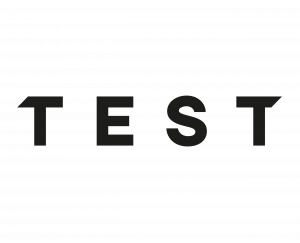







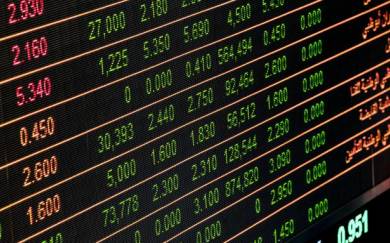





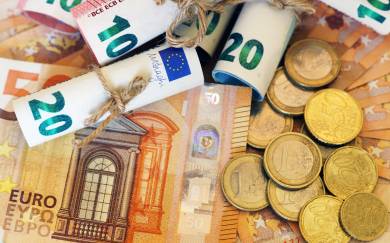


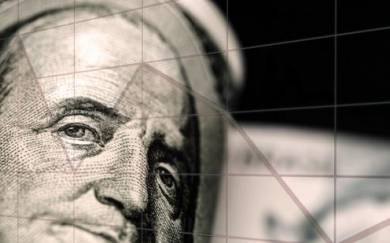









 Saxo Bank 18.11.2021 16:05
Saxo Bank 18.11.2021 16:05























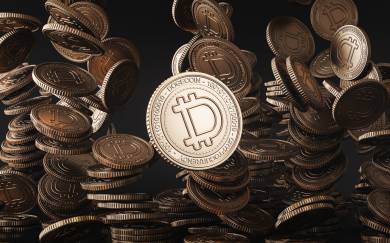



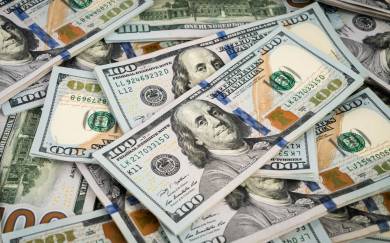



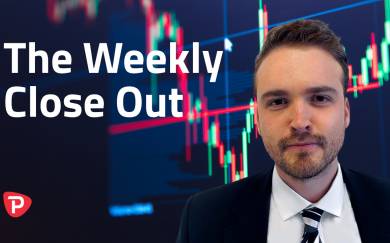









 BeInCrypto (BeIn News Academy Ltd), we're writing about crypto. 22.12.2021 22:36
BeInCrypto (BeIn News Academy Ltd), we're writing about crypto. 22.12.2021 22:36






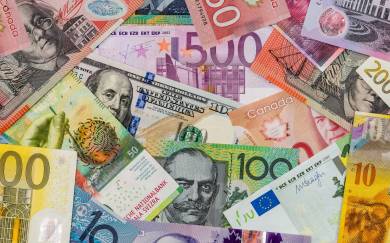

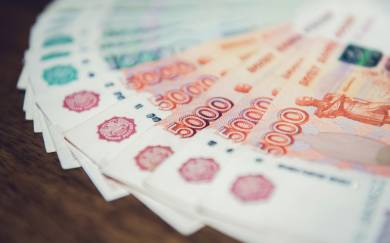



















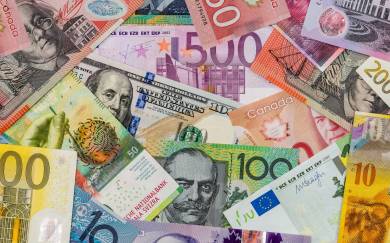


















 Mikołaj Marcinowski 21.03.2022 15:08
Mikołaj Marcinowski 21.03.2022 15:08





 ING Economics 29.04.2022 13:06
ING Economics 29.04.2022 13:06

 Rebecca Duthie 03.05.2022 12:22
Rebecca Duthie 03.05.2022 12:22
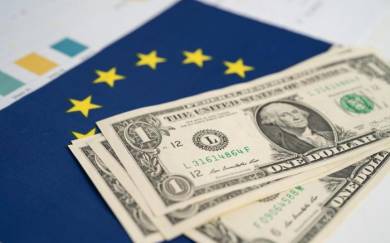












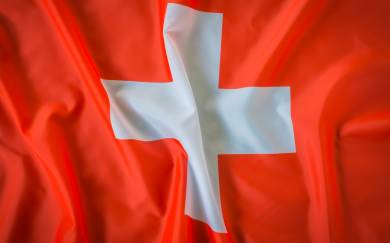






 Craig Erlam 24.05.2022 19:57
Craig Erlam 24.05.2022 19:57



 Kenny Fisher 25.05.2022 16:09
Kenny Fisher 25.05.2022 16:09










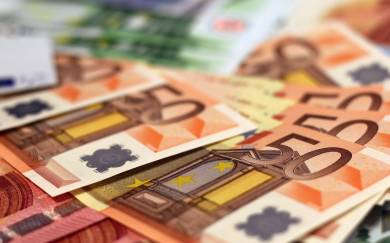







 Jeffrey Halley 12.07.2022 14:39
Jeffrey Halley 12.07.2022 14:39


 InstaForex Analysis 05.08.2022 13:50
InstaForex Analysis 05.08.2022 13:50




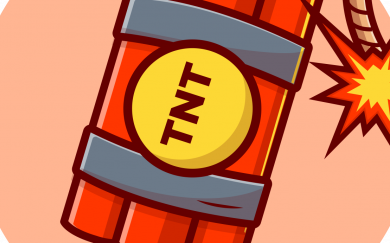


 Conotoxia Comments 19.08.2022 12:38
Conotoxia Comments 19.08.2022 12:38




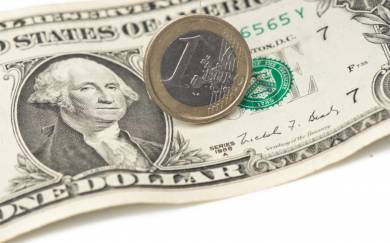

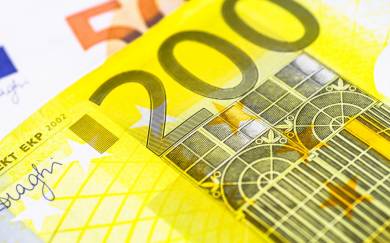






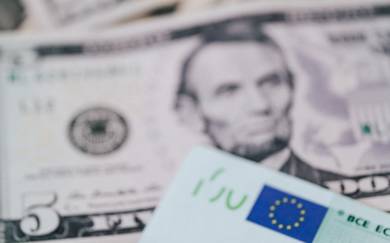


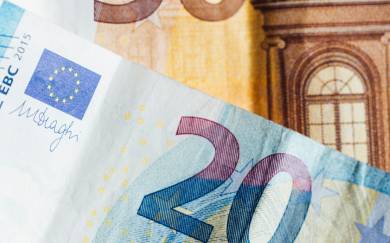
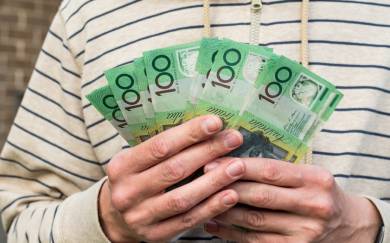


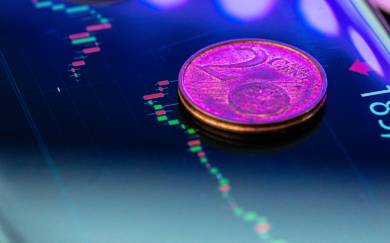








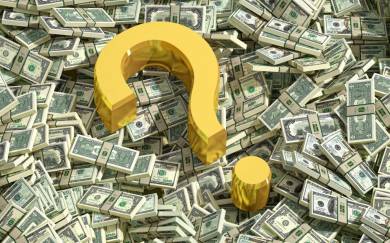
















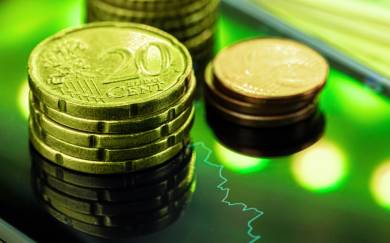

 TeleTrade Comments 03.10.2022 11:40
TeleTrade Comments 03.10.2022 11:40


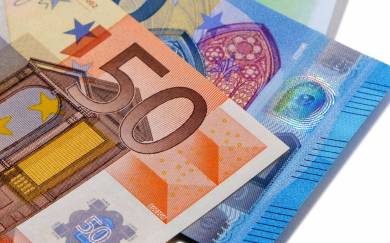









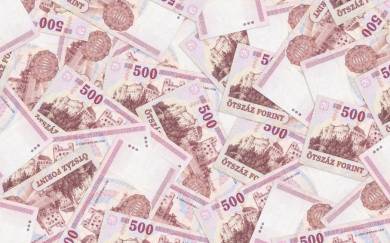







 Kamila Szypuła 13.10.2022 09:26
Kamila Szypuła 13.10.2022 09:26


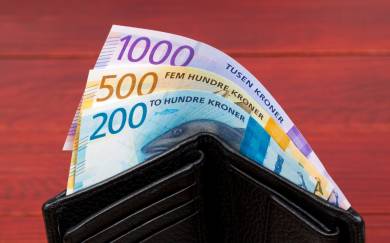
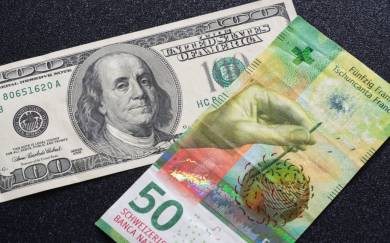
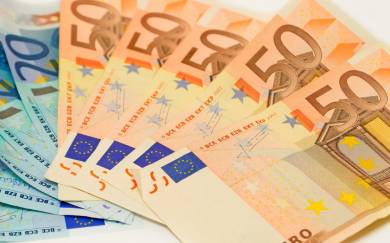



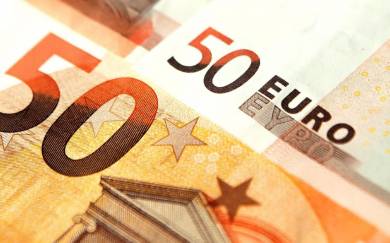




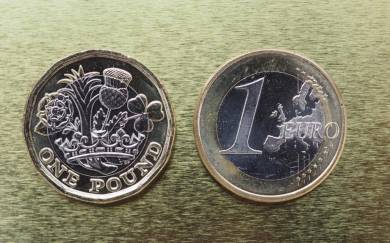
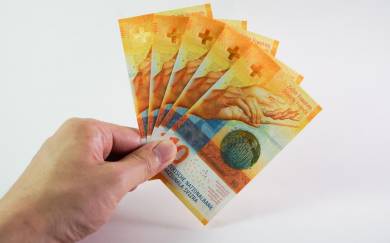


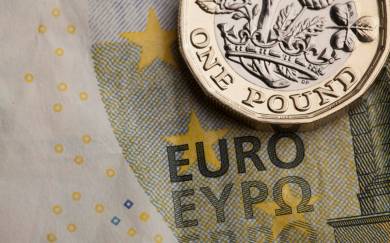


 Enrique Díaz-Álvarez 07.11.2022 14:48
Enrique Díaz-Álvarez 07.11.2022 14:48

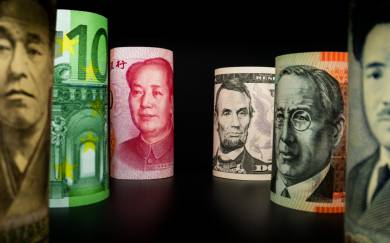
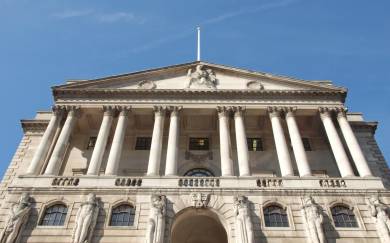
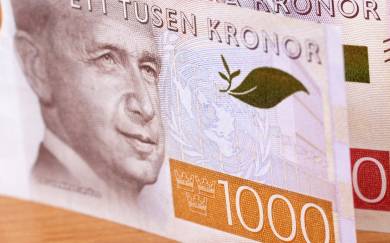









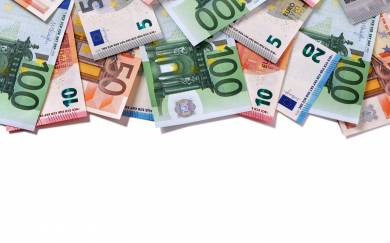



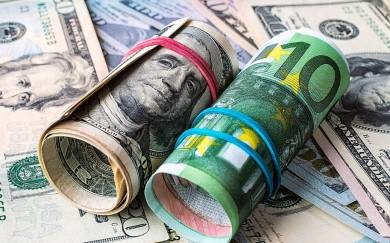




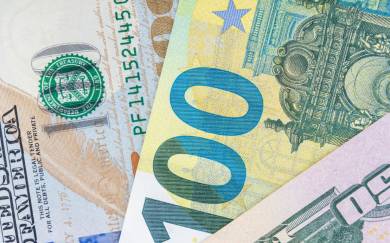
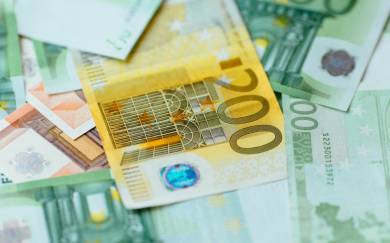





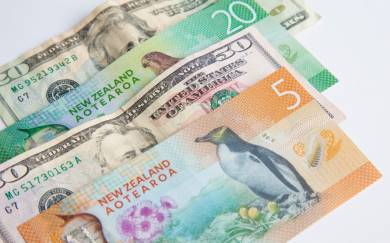


 Intertrader Market News 27.12.2022 10:18
Intertrader Market News 27.12.2022 10:18



 Ralph Shedler 29.12.2022 08:39
Ralph Shedler 29.12.2022 08:39
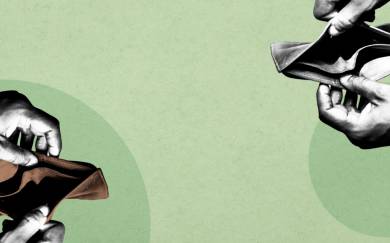

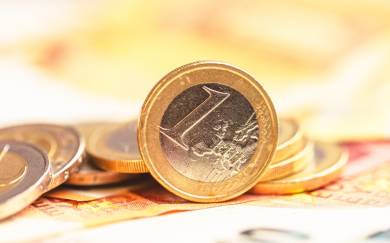
 Torben Melsted 30.12.2022 08:25
Torben Melsted 30.12.2022 08:25
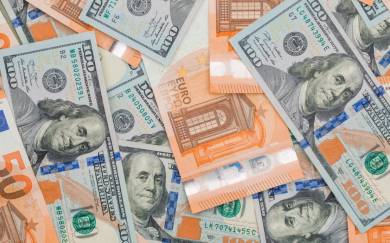

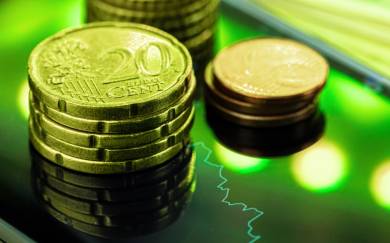


 Paolo Greco 02.01.2023 16:00
Paolo Greco 02.01.2023 16:00
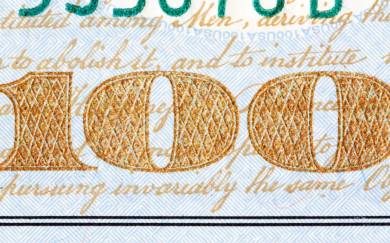
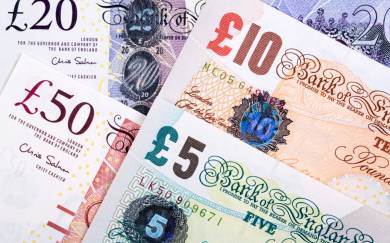




 Santa Zvaigzne Sproge 05.01.2023 13:27
Santa Zvaigzne Sproge 05.01.2023 13:27
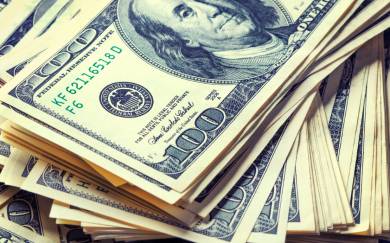
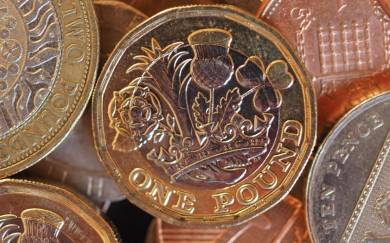

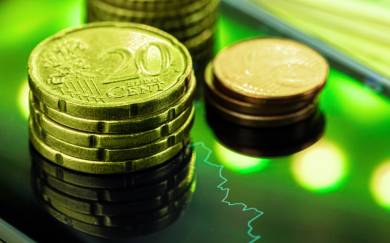
 Ipek Ozkardeskaya 11.01.2023 09:27
Ipek Ozkardeskaya 11.01.2023 09:27


 Matthew Ryan 16.01.2023 21:43
Matthew Ryan 16.01.2023 21:43
 Ivan Brian 29.12.2022 15:13
Ivan Brian 29.12.2022 15:13

 Michael Hewson 18.01.2023 11:34
Michael Hewson 18.01.2023 11:34
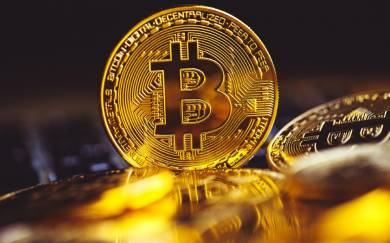
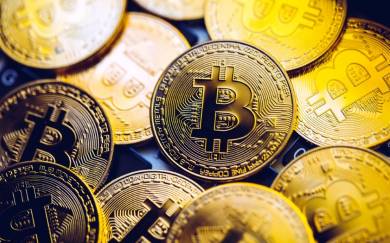
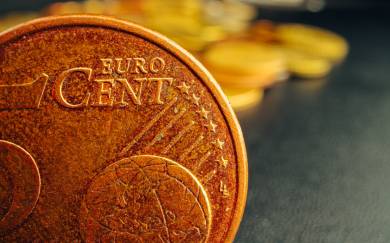

 Matt Weller CFA 18.01.2023 10:32
Matt Weller CFA 18.01.2023 10:32


 Serhii Zhdanov 23.01.2023 12:34
Serhii Zhdanov 23.01.2023 12:34


 Michalis Efthymiou 23.01.2023 10:39
Michalis Efthymiou 23.01.2023 10:39


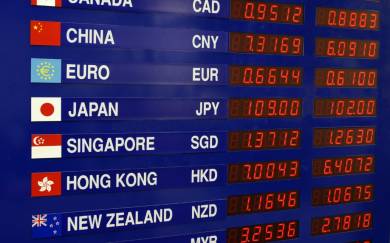


 M4Markets Analysis 23.01.2023 13:39
M4Markets Analysis 23.01.2023 13:39

 Andrey Goilov 23.01.2023 15:44
Andrey Goilov 23.01.2023 15:44

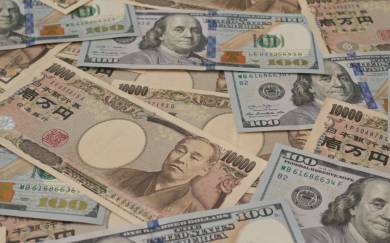


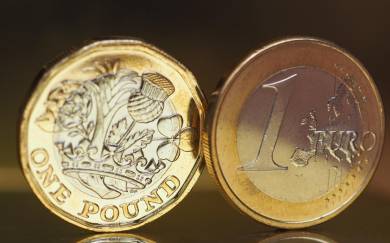

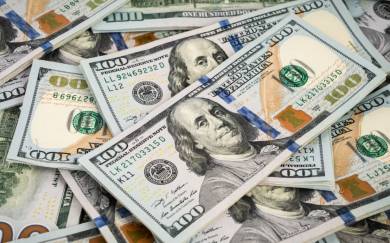

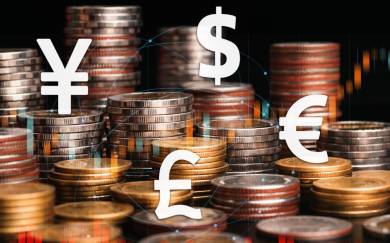
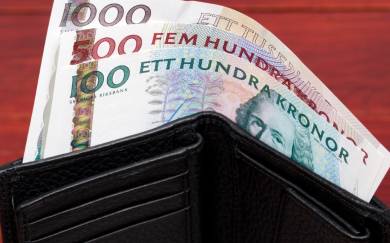
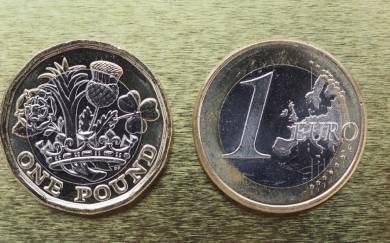

 Michael Stark 14.02.2023 12:05
Michael Stark 14.02.2023 12:05

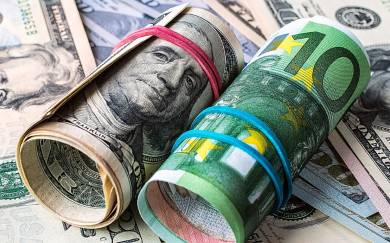



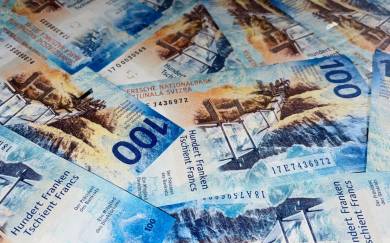






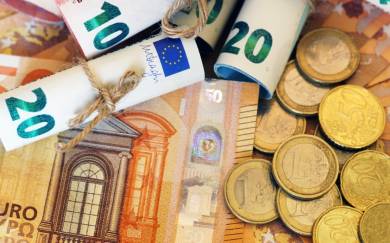

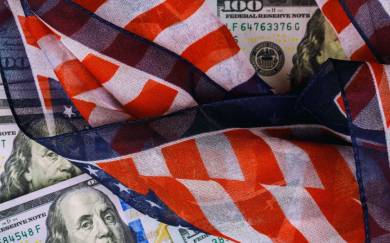






 Marek Petkovich 16.03.2023 23:54
Marek Petkovich 16.03.2023 23:54

 Nour Hammoury 17.03.2023 16:51
Nour Hammoury 17.03.2023 16:51

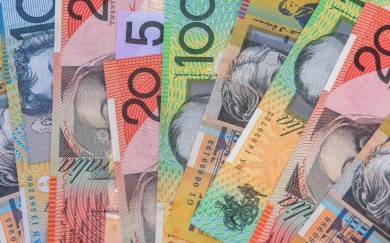


 David Kindley 04.04.2023 10:07
David Kindley 04.04.2023 10:07
 Diego Colman 05.04.2023 10:09
Diego Colman 05.04.2023 10:09

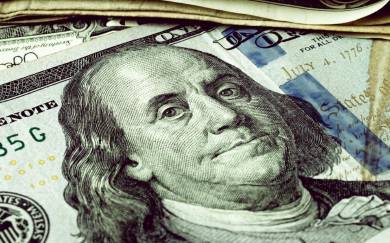

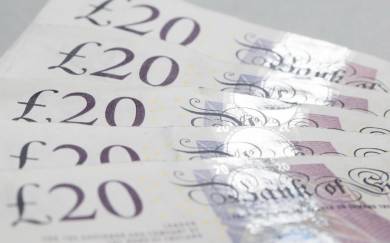

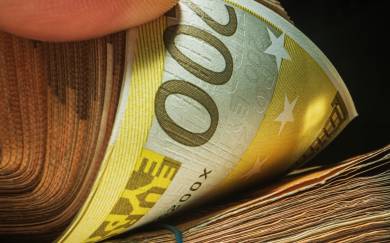
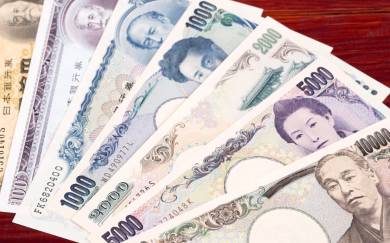

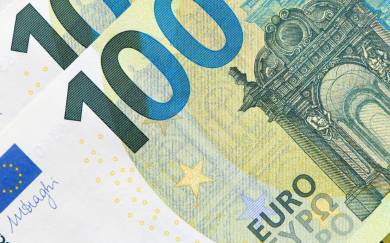


 Ed Moya 04.05.2023 15:57
Ed Moya 04.05.2023 15:57

 Kelvin Wong 11.05.2023 12:55
Kelvin Wong 11.05.2023 12:55
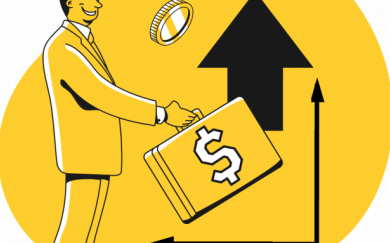

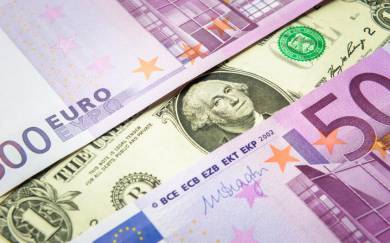








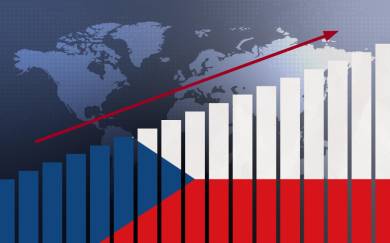

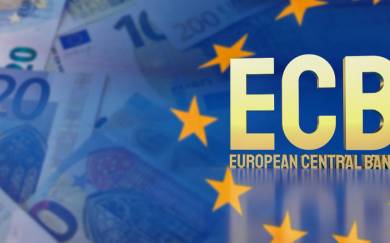
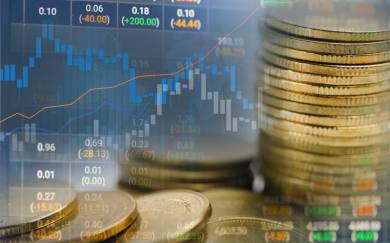



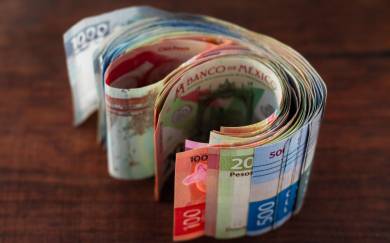


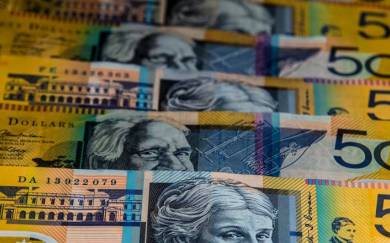



 Antreas Themistokleous 13.07.2023 14:04
Antreas Themistokleous 13.07.2023 14:04













